#larus fuscus
Photo
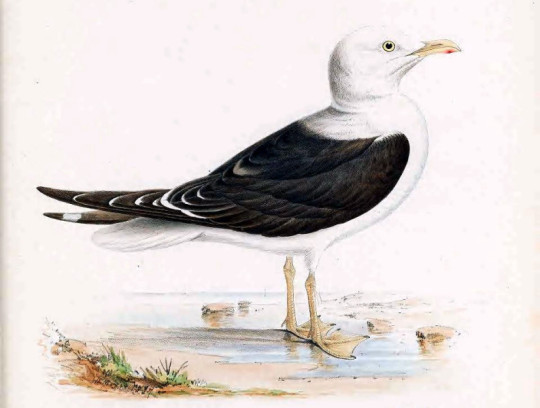
A new variant has been added!
Lesser Black-backed Gull (Larus fuscus)
© H. L. Meyer
It hatches from common, dark, difficult, heavy, large, last, long, other, regular, slender, whitish, and yellow eggs.
squawkoverflow - the ultimate bird collecting game
🥚 hatch ❤️ collect 🤝 connect
4 notes
·
View notes
Text

I have decided Lesser Black Backed Gulls are my favorite gull bc that's where we are right now and it feels like if I was a small kid and my parents took me to a plushie shop and told me they would by any plush I wanted included the incredibly cool and expensive ones and I just grabbed Default Teddy Bear #13929492 and said "This One... ." with the brightest, most pleading pathetic wet eyes
1 note
·
View note
Text

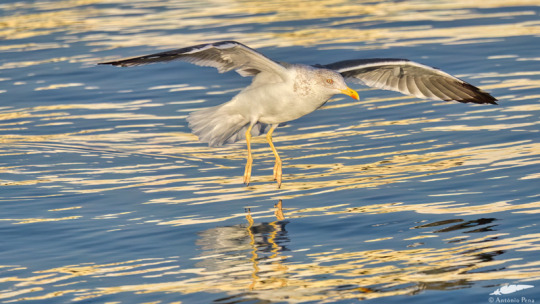


Lesser Black-backed Gull - Gaivota-d'asa-escura (Larus fuscus)
Setúbal/Portugal (13/11/2023)
[Nikon D500; AF-S Nikkor 500mm F5,6E PF ED VR]
35 notes
·
View notes
Text
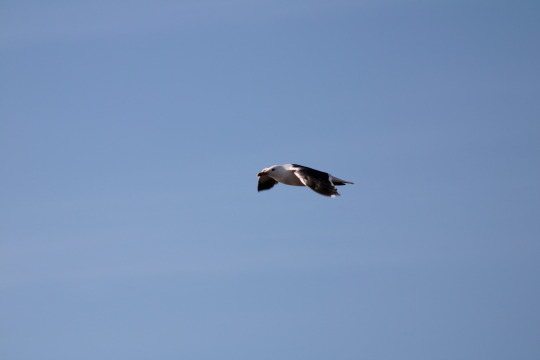
Kleine Mantelmeeuw, Lesser Black-Backed Gull, (Larus fuscus), Nederland, Noord-Holland
#amateur photography#nederland#bird#birdblr#birds#birding#my photography#ornithology#wildlife photography#gull#meeuw#mantelmeeuw
7 notes
·
View notes
Text
Day 2
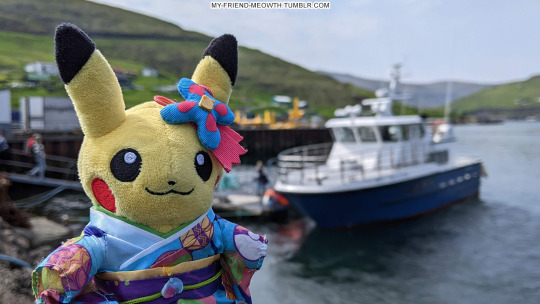

Bird watching boat trip at Vestmanna
youtube
Birds I saw:
Black guillemot (Cepphus grylle)
Common guillemot (Uria aalge)
Atlantic puffin (Fratercula arctica)
Razorbill (Alca torda)
Northern fulmar (Fulmarus glacialis)
Arctic tern (Sterna paradisaea)
Great black-backed gull (Larus marinus)
European herring gull (Larus argentatus)
Lesser black-backed gull (Larus fuscus)

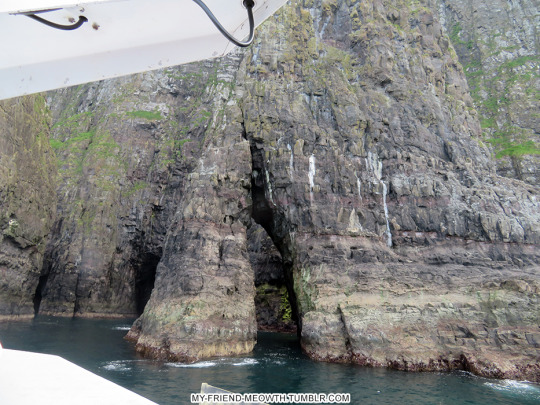



I will post more bird pictures to Instagram @ stalkkeriwolf
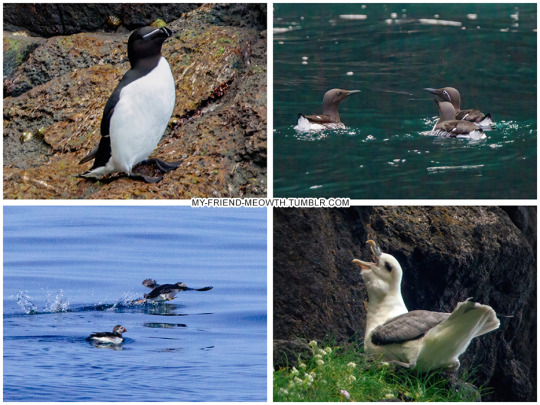
10 notes
·
View notes
Text
Round 1, Side A: Match 10


[Image ID: Two pictures of gulls. The left is a Mediterranean gull standing on a wooden post. The right is a lesser black-backed gull standing on a beach scattered with small pebbles. /End ID]
The Mediterranean gull (Ichthyaetus melanocephalus) is a small gull that lives and breeds around the coasts of Europe, the Mediterranean, and northern Africa. Their range has expanded in recent decades. They typically measure 36-38 cm (14-15 in) in length and 92-100 cm (36-39 in) in wingspan. They have a black head, white eye crescents, white body, pale grey back and wings with white primaries, dark red legs, and dark red bill with black band. They eat fish, insects, and carrion.
The lesser black-backed gull (Larus fuscus) is a large gull that breeds along the northern coasts of Europe and Russia and migrates to winter as far south as western Africa and eastern North America. They typically measure 51-64 cm (20-25 in) in length and 124-150 (49-59) in wingspan. They have white underparts and head, black or dark grey wings with black tips and white "mirrors," yellow legs, and yellow bill with red spot. They eat fish, eggs and nestlings of other birds, carrion, and shellfish by dropping them from the air onto rocks below to break them open.
Mediterranean gull image by Allan Drewitt
lesser black-backed gull image by Hobbyfotowiki
4 notes
·
View notes
Text
a screaming match between a pair of herring gulls (larus argentatus) and a pair of lesser black-backed gulls (larus fuscus), ireland
#charadriiformes#laridae#larus#herring gull#lesser black backed gull#gulls#seabirds#birds#birdwatching#display flight#inch resting interspecies interaction...#feel bad for the herring gull with the bad leg :( hope it can still get on well enough#dunno what brought all the yelling on
1 note
·
View note
Text
Las gaviotas generan una gran bioacumulación de plásticos en los ecosistemas de agua naturales
Un equipo científico internacional liderado por la Estación Biológica de Doñana (EBD-CSIC), del Consejo Superior de Investigaciones Científicas (CSIC), ha investigado el papel de las gaviotas en la bioacumulación de plásticos en ecosistemas de agua naturales. El estudio, que se publica en la revista Waste Management, se ha centrado en las gaviotas sombrías (Larus fuscus), una de las aves…
View On WordPress
#chamel gaspard#chamel gaspard empresas#chamel gaspard medio ambiente#chamel gaspard morell#chamel gaspard panama#chamel y jose gaspard#grupo gaspard#grupo hermanos gaspard#grupo jgaspard#hermanos gaspard#hermanos gaspard morell#jose gaspard#jose gaspard morell#jose y chamel gaspard#noticias chamel gaspard
0 notes
Text

EL GRITO DE MEDEA
Hay muchas especies de gaviotas. No sé si la de la foto, tomada en la costa asturiana, será la gaviota argéntea (Larus argentatus) o la gaviota sombría (Larus fuscus). A mí me parece que el nombre de "sombría" le hace mejor los honores.
Hace cuatro décadas, atravesando el Guadalquivir camino de Jaén, observé cómo en el Puente del Obispo se veían gaviotas que sin duda subían desde la desembocadura del Gran Río. Sin duda se alimentaban en los basureros humanos. Tenían que haber hecho casi seiscientos kilómetros o, al menos trescientos desde el mar. El género Larus es oportunista y peleón, con propensión al saqueo, la pelea, el robo.
El canto de las gaviotas en el aire siempre me ha parecido un perfecto timbre suprasegmental del sarcasmo, un desgarro burlón que llama la atención sobre lo sórdido y duro de la vida.
Los poetas pueden sublimar cualquier cosa, incluso hacer perfectos ramilletes con flores del mal. El arte es un consuelo tremendo y la belleza puede adoptar la figura del ángel terrible de Rilke. Uno de mis poetas favoritos, Ángel González, empieza así uno de sus poemas: "Son las gaviotas, amor. / Las lentas, las altas gaviotas...". No creo que estas depredadoras sean ni altas ni lentas en muchos otros sentidos diferentes de aquel que evoca el rapsoda en su amorosa elevación.
Al principio del episodio XXXIX de la novela futuriza de caballerías BARÓN BERMEJO granzan comunicativas las gaviotas en la escasa playa de la Cala del Caimán. Dan las aves pasos rápidos y levantan el vuelo perezosamente mar adentro y allí pliegan alas y se dejan flotar como patos feos sobre el mercurio merango.
Plinio el Viejo describe a las gaviotas como grandes voladoras acuáticas que se alimentan de peces y abundan en el Mar Negro. Los maoríes las tienen por mensajeros divinos. Los escandinavos las asocian con el dios del trueno, Thor.
Me ha gustado la alusión a ellas que hace Vintila Horia en su novela histórica y homenaje al poeta Ovidio: Dios ha nacido en el exilio:
"¿Hay pájaros más trágicos que esas gaviotas de armonioso vuelo cuyo chillido me desgarra el alma como si anunciara un desastre, como si intentase resucitar un recuerdo de otra vida dedicada a los crímenes más horribles? Pienso en Medea".
El grito poderoso, imprevisto y reiterado de la gaviota, sí, consigue despertarnos de un conveniente y descansado olvido como el violento chillido, el iracundo lamento de la maga Medea cuando descubre la traición de Teseo y recuerda los crímenes que cometió por su engañoso y efímero amor.
1 note
·
View note
Photo
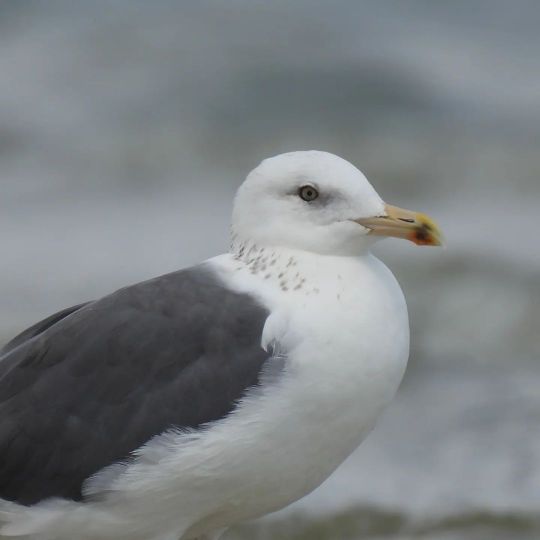
Lesser Black-backed Gull - Larus fuscus https://www.instagram.com/p/CmpfI7Tq1vC/?igshid=NGJjMDIxMWI=
0 notes
Text
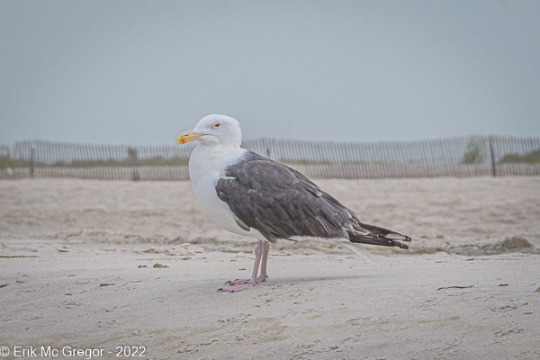
LESSER BLACK-BACKED GULL (larus fuscus) - Composition Sunday #PhotoOfTheDay #LesserBlackBackedGull #LarusFuscus #AnimalEncounter #seagull #seabird #MarineLife #gull #birds #birdwatch #BirdWatchers #BirdLovers #bird #BirdWatching #nature #wildlife #AudubonSociety #AudubonNY #audubon #cornellornithology #cornellbirds #CornellLab #AllAboutBirds #BirdsOfNY #NYwildlife #seashore #beach #JonesBeach #NewYork #birdstagram #birdsofinstagram #instabird #BirdPhotography #WildlifePhotography #NaturePhotography #Photography #NikonPhotography #ErikMcGregor
© Erik McGregor - [email protected] - 917-225-8963
0 notes
Photo
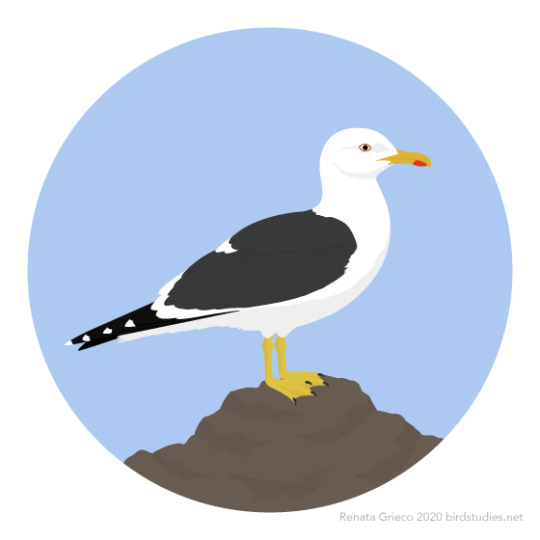
February 28, 2020 - Lesser Black-backed Gull (Larus fuscus)
Breeding in northern Eurasia, including Iceland, as well as in Greenland, these gulls winter along the coasts of western and southern Europe, much of Africa, and parts of South and east Asia. They are also winter visitors to the eastern coast of North America. Their diverse diet includes small fish, aquatic invertebrates, the eggs and chicks of other birds, rodents, berries, seeds, carrion, and garbage. Breeding in colonies, they nest in depressions on the ground in mounds of seaweed, grasses, and other materials, or in shallow scrapes.
127 notes
·
View notes
Text

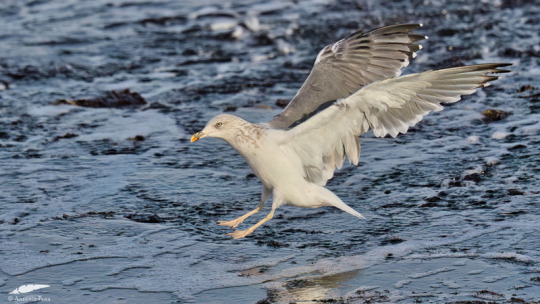
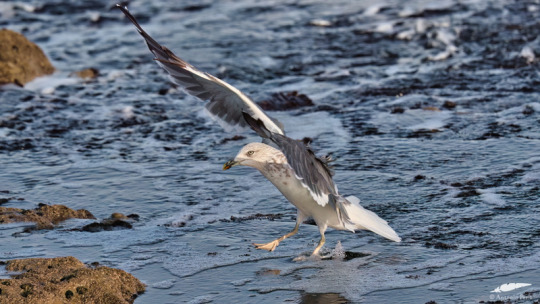
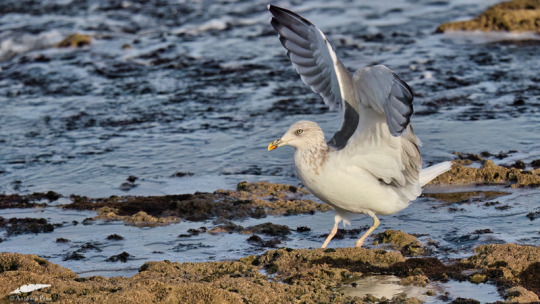

Lesser Black-backed Gull - Gaivota-d'asa-escura (Larus fuscus)
Oeiras/Portugal (7/11/2023)
[Nikon D500; AF-S Nikkor 500mm F5,6E PF ED VR; 1/2500s; F6,3; 400 ISO]
23 notes
·
View notes
Photo



Some gulls. (Ring-billed, Laughing, and Lesser Black-backed)
#Ring billed gull#Laughing Gull#Lesser black backed Gull#Larus delawarensis#Larus#laridae#charadriiformes#Leucophaeus atricilla#Leucophaeus#Larus fuscus#Let's go birding
105 notes
·
View notes
Photo

Gull decline on Scottish island linked to decline in fishing discards
The research, published in the British Trust for Ornithology (BTO) journal Bird Study, looked at the breeding populations of three species of large gull; Herring Gull, Great Black-backed Gull and Lesser Black-backed Gull on the Hebridean island of Canna, and the relationship between these gull populations and the fall in the quantity of fish landed in the nearby harbour of Mallaig.
Between 1985 and 2000 an annual average of 13,726 tonnes of fish was landed in Mallaig. However, between 2007 and 2014 this had fallen to 4,456 tonnes. This has apparently had a profound effect on the Canna gull population. The number of breeding pairs of Herring Gulls peaked at 1,525 in 1988, Great Black-backed Gulls reached 90 pairs around the same time and the highest number of Lesser Black-backed Gulls was recorded at 63 pairs.
At the latest count around 130 pairs of gulls bred on Canna in total, comprising of up to 95 pairs of Herring Gulls, 18 pairs of Great Black-backed Gulls and 13 pairs of Lesser Black-backed Gulls. This population decline has also been associated with low breeding success, with only a small number of chicks successfully fledging in more recent years.
Simon Foster, lead author on the paper, said "The Canna seabird study is one of the longest running annual studies in the world. It is an enormous privilege to be part of the team of highly skilled, dedicated volunteers who have been collecting the data for over 48 years. This has allowed us to track the changing fortunes of seabirds. The gull data are interesting – if you look over a short time period you can see large changes, however over a longer period and using anecdotal information from the 1930s it becomes apparent that Canna gulls may be returning to more normal, albeit lower levels."
Dr Viola Ross Smith, gull expert at the BTO, said "Breeding gulls have a bad reputation, especially in urban areas. However, it is worth remembering that all these species are classed as Birds of Conservation Concern, and the Herring Gull is on the Red List. It therefore seems important to identify the causes of population decline in rural colonies such as Canna, and find ways to conserve the birds at these sites, especially since gulls that fail to breed successfully are known to seek breeding opportunities elsewhere, including in towns and cities".
#Lesser Black-backed Gull#Larus fuscus#Herring Gull#Larus argentatus#Great Black-backed Gull#Larus marinus#Larus#Laridae#Lari#Charadriiformes#Aves#birds#gull#seabirds#fishing#harbor#nest colony#ecology#Inner Hebrides#Scotland#United Kingdom
16 notes
·
View notes
Photo

Lesser black-backed gull with Color Pencils
#Lesser black-backed gull#seabirds#Larus fuscus#gulls#sketch#sketches#sketching#pencil sketch#pencil#draw#drawing#drawings#how to draw#how to sketch
2 notes
·
View notes